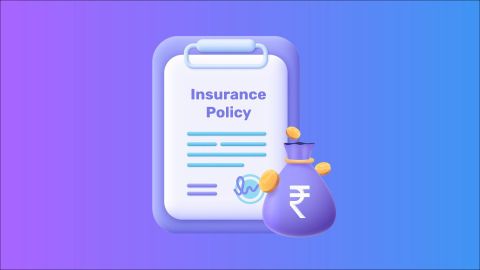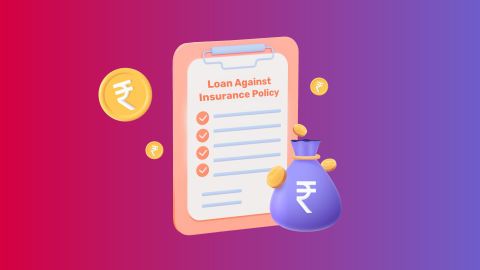Private Equity (PE) and Employee Stock Ownership Plans (ESOPs) are two distinct investment and ownership models that offer unique benefits to companies and individuals. While PE focuses on driving profitability and growth through external investments, ESOPs provide employees with a path to ownership and long-term financial benefits. Understanding the differences between these two approaches is crucial for businesses and individuals aiming to choose the right model for growth, investment, or employee retention.
Understanding Private Equity (PE)
Private Equity (PE) refers to investment funds that acquire equity ownership in companies, often with the aim of improving their performance and profitability before eventually selling the company for a profit. PE firms typically invest in mature companies that may be struggling financially or have the potential for growth. The goal is to enhance the company's value over time through strategic, financial, and operational changes. PE investments are generally long-term in nature and involve significant capital.
What Is an Employee Stock Ownership Plan (ESOP)?
An Employee Stock Ownership Plan (ESOP) is a retirement plan that allows employees to own shares in the company they work for. Through an
ESOP, a company provides its employees with stock ownership, often at no upfront cost to the employees. This not only serves as an employee benefit but also aligns the interests of employees with those of the company, encouraging them to work toward its success. ESOPs are commonly used as a means of employee retention, motivation, and a way for business owners to transition ownership.
Key differences between PE and ESOP
Ownership structure: PE involves external investors owning a significant stake, often taking control, while ESOPs distribute ownership to employees over time through a trust.
Purpose: PE aims to maximise returns by improving company profitability, while ESOPs focus on employee retention, motivation, and providing retirement benefits.
Financial impact: PE investments often bring higher debt and financial restructuring, whereas ESOPs are funded by the company and offer tax benefits.
Employee impact: PE can lead to restructuring and job cuts, while ESOPs directly benefit employees with ownership and potential financial gains.
Control and decision-making: PE firms actively participate in management decisions, whereas employees under an ESOP have limited influence over company operations.
Key differences between PE and ESOP
1. Ownership structure
| Private Equity (PE) | Employee Stock Ownership Plan (ESOP) |
| In a Private Equity setup, the ownership of the company is transferred to external investors or PE firms who acquire a significant or majority stake in the business. These investors actively participate in management decisions and strategy to increase the company's value. | With an ESOP, ownership is gradually transferred to employees over time. The company sets up a trust, which holds shares on behalf of employees. As they continue their employment, they earn shares in the company, creating a sense of shared ownership among employees. |
| Private Equity (PE) | Employee Stock Ownership Plan (ESOP) |
| PE firms often utilise significant leverage (debt) to finance their acquisition, which can lead to increased financial risk for the company. They focus on financial restructuring to drive profitability and expect high returns on their investment, often resulting in cost-cutting measures. | ESOPs are generally funded by the company itself, either through profits or by borrowing funds to buy shares on behalf of employees. This can create some debt, but it is typically less aggressive than PE funding. ESOPs also offer certain tax advantages to the company and employees, making them financially attractive. |
2. Purpose and objectives
| Private Equity (PE) | Employee Stock Ownership Plan (ESOP) |
| The main purpose of Private Equity investment is to maximise returns for the PE investors. They aim to enhance the company's value, profitability, and operational efficiency within a defined timeframe, usually 3-7 years, before selling their stake for a profit. | ESOPs, on the other hand, aim to provide employees with a stake in the company, offering an additional benefit and incentive to stay with the company. It serves as a retirement plan, encouraging employee retention and loyalty, and can also be used as a succession planning tool for business owners. |
3. Financial implications
4. Impact on employees
| Private Equity (PE) | Employee Stock Ownership Plan (ESOP) |
| Under Private Equity ownership, employees may face uncertainty due to potential restructuring, job cuts, or changes in company strategy as the PE firm aims to increase profitability. There is often limited direct financial benefit to employees unless they hold shares in the company. | In contrast, ESOPs directly benefit employees by providing them with ownership in the company. This often results in increased job satisfaction and motivation, as employees stand to gain financially if the company's share value increases. It also serves as an additional retirement benefit for employees. |
Conclusion
In essence, Private Equity (PE) and ESOPs serve different purposes in the business landscape. PE is geared towards enhancing company value and delivering returns to investors, often through significant changes in management and strategy. In contrast, ESOPs are designed to empower employees by giving them a stake in the company, fostering loyalty, and offering financial security. By recognising these differences, businesses can determine which approach aligns best with their goals, whether it’s driving profitability, supporting employee growth, or ensuring long-term sustainability.




